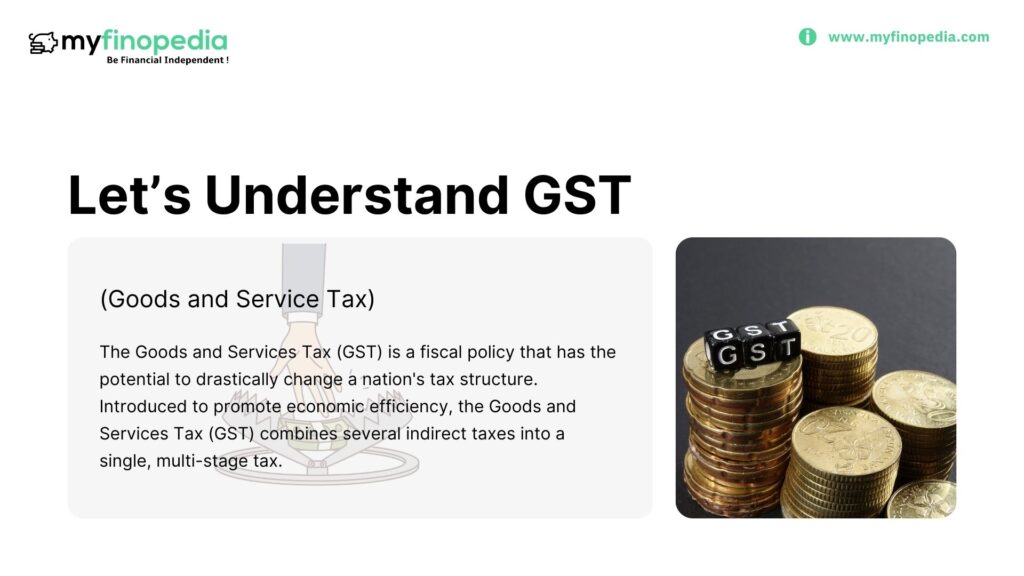The Goods and Services Tax (GST) is a fiscal policy that has the potential to drastically change a nation’s tax structure. Introduced to promote economic efficiency, the Goods and Services Tax (GST) combines several indirect taxes into a single, multi-stage tax.
Fundamentally, GST is a consumption-based tax that is applied to every step of the supply chain. This makes the system more egalitarian by guaranteeing that the final consumer bears the tax burden. Businesses can use input tax credits to offset the taxes they pay on inputs against the taxes they collect on outputs as part of the taxing process. This system discourages tax cascading, or the imposition of taxes on top of already-taxed components, and encourages transparency.
Increased economic growth is one of the main benefits of GST. The products and Services Tax (GST) lowers manufacturing costs and stimulates corporate growth by doing away with the cascading effect and fostering an uninterrupted flow of products and services. This in turn promotes economic activity and advances development as a whole.
Moreover, GST creates a united market by encouraging tax conformity throughout states. Interstate trade is facilitated by the removal of state-specific taxes and entrance obstacles, which is advantageous to both consumers and enterprises. When markets are integrated, resources may be allocated optimally, encouraging efficiency and healthy competition. Initial disruptions during the transition phase are possible, and firms may find the requirements for compliance burdensome. However, the long-term benefits in terms of ease of use, openness, and economic expansion are thought to be priceless.
To sum up, the Goods and Services Tax represents a paradigm shift in the tax system with the goal of establishing a more effective, transparent, and cohesive tax structure. Its influence extends well beyond the financial sphere, affecting national business environments and economic dynamics.






